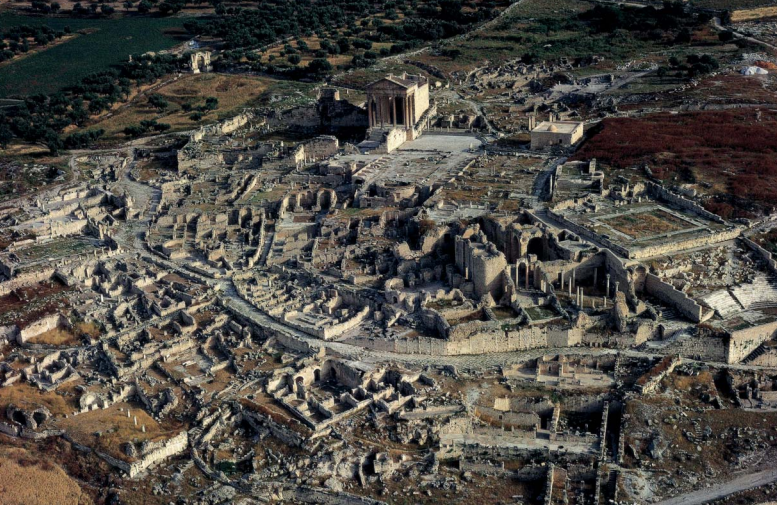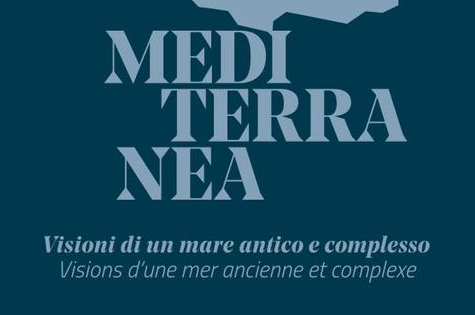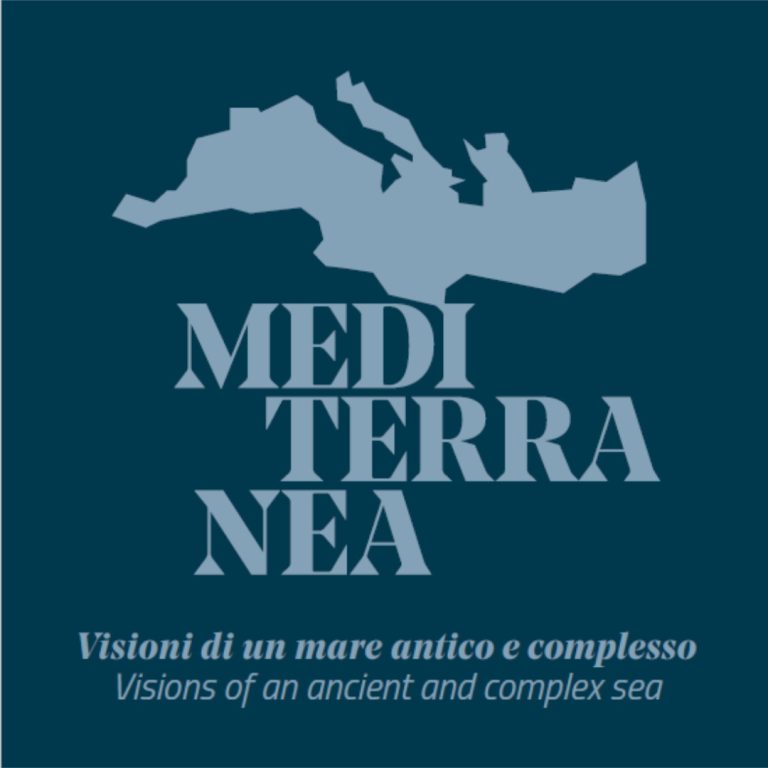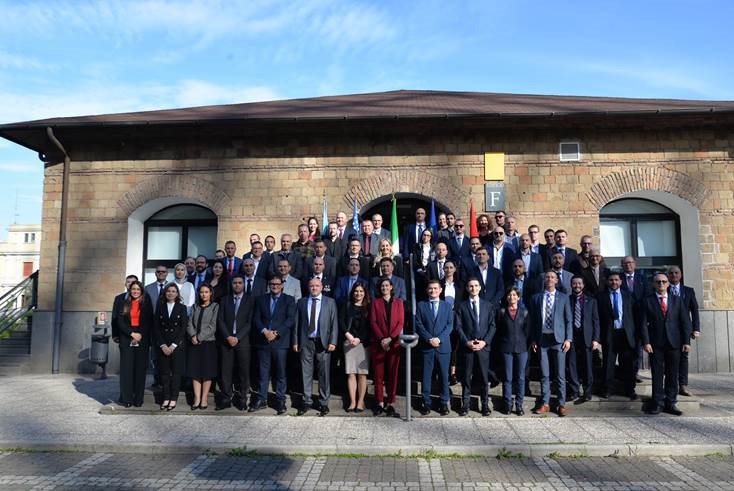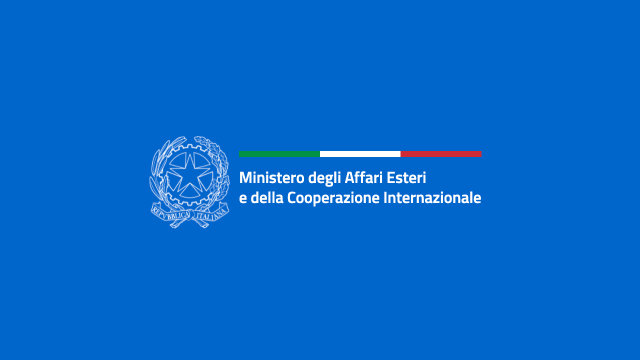A two-day debate between archaeologists will be taking place in Tunisia on Saturday 27 and Sunday 28 November in the town of Teboursouk, about 100 kilometers west of Tunis, convened by the Italian Cultural Institute of Tunis as a round table entitled “La pertica des Carthaginois, de la constitution au démembrement (I er siècle a.C.-III e siècle p.C.)” in partnership with the Institut National du Patrimoine (INP), the Institut Français de Tunisie (IFT), the Laboratoire d’études et de Recherches Interdisciplinaires et Comparées (LERIC), FLSH – Université de Sfax, the Ecole Normale Supérieure (ENS, Paris), the Scuola Archeologica Italiana di Carthagine (SAIC), and the Association Historique et Archéologique de Carthage (AHAC).
The so-called Carthaginian pertica is the vast territory of Carthage which by that time had become a Roman colony (first under Julius Caesar, in 44 BC and later refounded under Octavian Augustus in 29-28 BC) with numerous villages and semi-urban agglomerations, some of which were inhabited by indigenous people who had an institutional structure of their own whilst nearby, other groups of Roman cives (Roman citizens) of the colony were organised into pagi (rural territorial districts of pre-Roman and later, Roman origin, centred on local places of worship that were initally pagan and then Christian).
The conference will review the current situation and the new historical-epigraphic and archaeological acquisitions that relate to the Carthaginian pertica. The attendees will include, inter alia, a number of important Italian scholars at the Scuola Archeologica Italiana di Cartagine (SAIC): Antonio Ibba, Attilio Mastino, Paola Ruggeri, and Antonio Corda.

